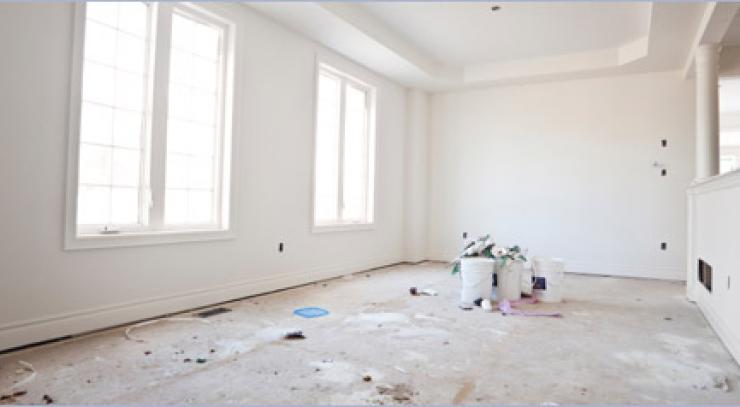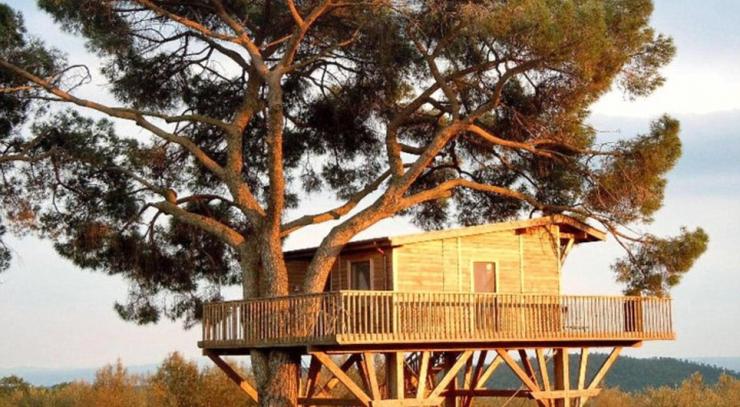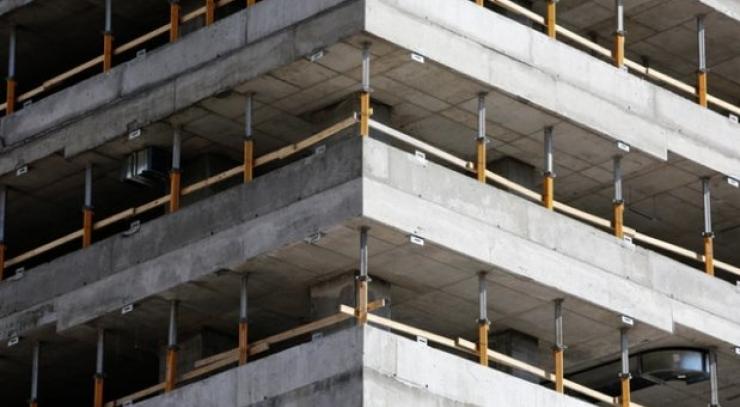The foundation of the ground slab is a concrete slab poured directly on the ground, and there is no space between the ground and the concrete. This happens most often in areas where the soil does not freeze, so it is unlikely to move. There is the inference that the frost under the structure is controlled by foam insulation or a hydraulic (hot water) heating system built into the floor to prevent freezing of the ground below. However, the horizontal use of slabs in very cold climates is usually economically disadvantageous. There is a type called antifreeze board, which is standard in Sweden and is being accepted here. The advantage of the horizontal slab is that it is a relatively inexpensive form of residential foundation. If properly designed and constructed, it is very strong and helps prevent termites from entering the house.
If constructed properly, they provide little space on the base, and termites can invade the structure from below. This assumes that all pipe penetrations are properly sealed with stainless steel wool or a suitable sealant to prevent passage. It also reduces the number of perimeter cracks that are susceptible to infestation, making it easier to deal with when termites enter the home. You need to carefully plan the utility penetration of the entire sector for water, electricity, gas, telecommunications and any other utilities. This is often overlooked, especially because we have not considered technological changes. When planning the horizontal slab foundation, you need to lay the pipes from below to a place where water can be taken in the open air. Most plumbers either bury the wire directly or embed the copper wire directly into the slab. This is not a good practice, because if there is a problem with the water pipe, it will make repairs expensive and difficult. If you install 2` PVC pipes for water pipes, you can install new pipes later if necessary. For more details visit our website https://www.simonairquality.com/service/radon-mitigation-services/
This will also prevent copper or galvanized water pipes from degrading due to contact with exposed concrete. Cables and phones must follow the same procedure. In this case, you can put both services in the same pipeline, so in this case 2` pipelines are sufficient. The electrical service must enter the disconnection outside the house, so there is usually no need to provide board down ducts for this. In all these cases, the duct must terminate in a central location in the home, such as a utility closet or garage. Structural features The horizontal slab design requires that the thickness of the slab be at least to at least in the circumference of about to provide additional steel bars to support the external wall load. If there is an internal load-bearing wall, the engineer will also require the area to be thickened And reinforced to compensate for these loads. Or rafts are usually reinforced with steel bars called steel bars.
This increases the great strength of concrete by compensating for the low strength of concrete tensile strength. Combining steel with concrete, you combine two very strong materials Combine it together to compensate for its weak properties. You will also see the so-called WWF (welded wire mesh), also known as steel bars in concrete, but its real purpose is to disperse temperature changes to make the concrete more uniform to avoid cracking. The appropriate term is Control cracking. I said to avoid cracking, but you will still crack in the concrete. Cracking is the nature of concrete, so another step to minimize the effect of cracking is to place control joints at specific intervals to guide the cracks into the bottom. The location of the cracks and minimize the spread of any cracks. If you see a small crack at the bottom of the control connector, dont panic, this is normal.
Design and location are very important to the integrity of the floor. Discuss this in detail with the concrete joint of your choice to ensure that the appropriate control joints are placed in the slab. Correct construction means correct curing. The key to a properly designed and well-designed ground slab foundation is to allow time for the concrete to moisture cure. The concrete was poured in liquid form, but immediately began to harden. It is usually quite difficult to walk in a day. It should not be built for at least 7 days, and you need to be careful not to pour it in too cold or too hot. The benefits of proper curing are: greater strength gain, greater resistance to surface abrasion, lower permeability concrete, greater resistance to chloride penetration and freeze/thaw damage, better resistance to early cracking before drying of the board Gain strength and have stronger resistance to contraction force.
This is a suitable curing method. Well, in a hot climate, this means keeping the concrete moist for at least 7 days. This is done by spraying water on the floor every day (if necessary, twice a day), spraying concrete and covering it with a plastic sheet to keep the water inside, or using other means (to keep it moist) such as sand, straw or blankets. The function is at least 7 days, the longer the better. With proper planning, this will be possible, but if you work with a builder, you may want to start framing as soon as possible after pouring the slab. Do yourself a favor and set aside 7 days for proper curing, and make sure to use proper methods to maintain moisture in the slab during this process.













